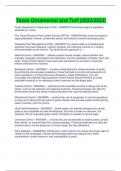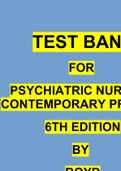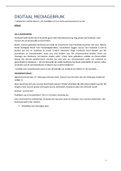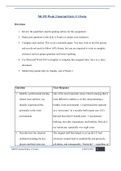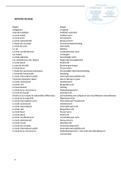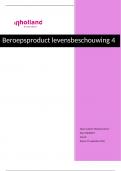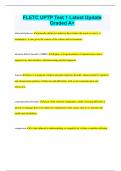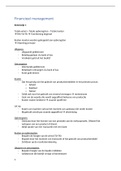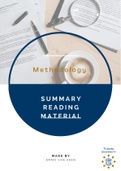Exam (elaborations)
Texas Ornamental and Turf (2022/2023)
- Module
- Institution
Texas Department of Agriculture (TDA) - ANSWER-The primary agency regulating pesticides in Texas. The Texas Structural Pest Control Service (SPCS) - ANSWER-Also licenses people to apply pesticides to lawns, ornamental plants, and weeds to control landscape pests. Integrated Pest Management (I...
[Show more]
